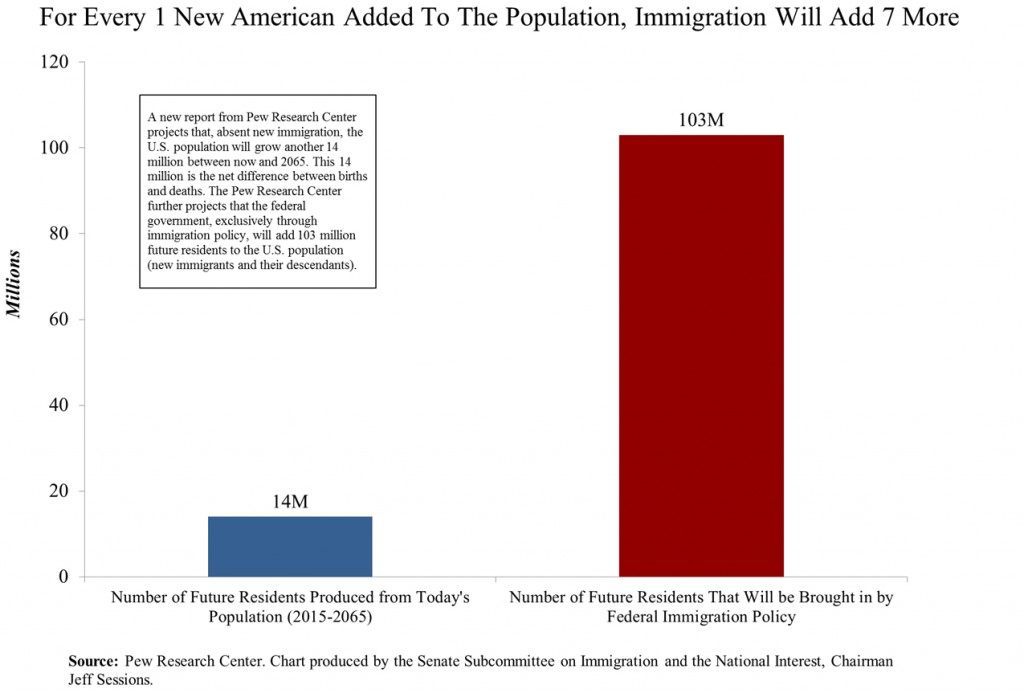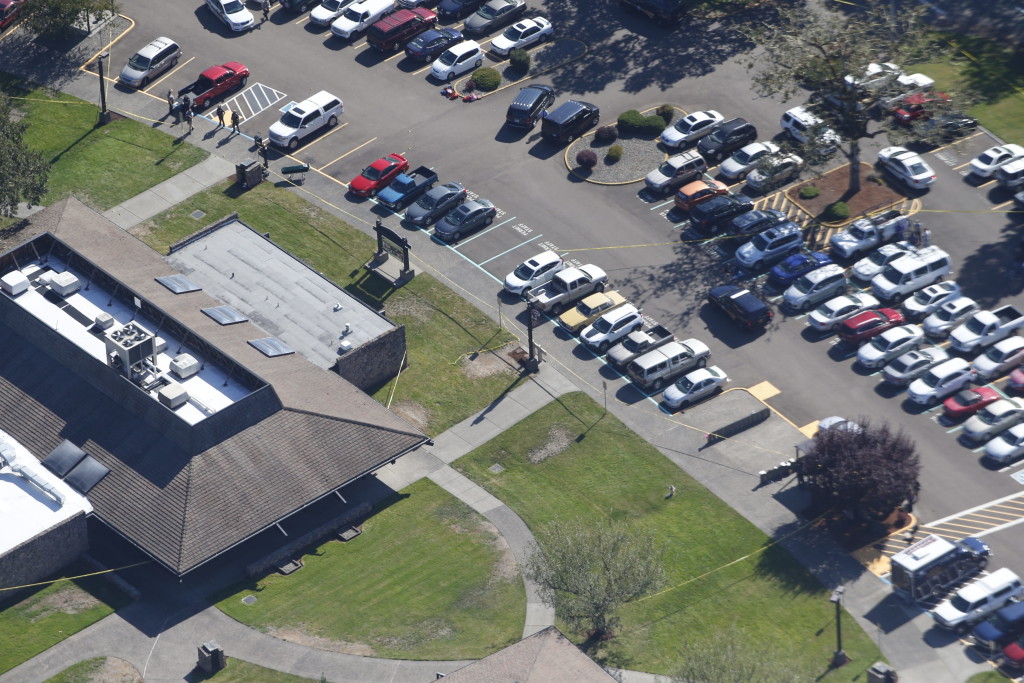The state run schools are controlling behavior, of this there is no dispute. In case you are not convinced, read on. This is a commie model infiltrating schools. Hello parents?
Remember going to school and having recess each day where we could go out an play tether ball, hopscotch, basketball, use the swings, or play kickball? Sure there was a bully or two, but they were quickly neutralized by their own peers on the playground. The matter of bullies never escalated to the principals office or with that phone call to the parents. Kids handled themselves and quite well.
So today, students cant stare at each other without being suspended, they cant eat a pop-tart for some administrator thinks each bite make it look like a gun, then students cant wear red, white and blue for being offensive to someone else. Teachers cheat on reporting student test scores, art classes have been eliminated and working simple arithmetic now takes an IBM mainframe to solve through CommonCore. America is still lagging behind other developed countries in education competition but now it comes back to recess. Forget that gum class..just 45 minutes of playground fun takes a higher and more expensive consultant.
We are stupid, as the very location where courses are taught are making us more stupid…..STUPID.
Two Edina elementary schools hire recess consultant
Two Edina elementary schools, worried about the politics of the playground, are taking an unusual step to police it: They have hired a recess consultant.
Some parents have welcomed the arrival of the firm Playworks, which says recess can be more inclusive and beneficial to children if it’s more structured and if phrases like, “Hey, you’re out!” are replaced with “good job” or “nice try.”
But some of the kids at Concord and Normandale Elementary say they are confused, or that the consultants are ruining their play time.
“The philosophy of Playworks does not fit Concord,” said Kathy Sandven, a parent of twin boys who attend the school. “It is a structured philosophy — an intervention philosophy — not allowing kids for free play.”
The two schools have joined a growing number of districts that have hired consultants to remake the playground experience into more structured and inclusive play time. The games and activities, like four square and jumping rope, are overseen by adults and designed to reduce disciplinary problems while ensuring that no children are left out.
Edina school officials spent about $30,000 on the recess initiative over the summer, and some administrators are already becoming believers.
Chris Holden, principal at Normandale Elementary, has seen the Playworks benefits in the first few weeks of school. He’s noticed fewer student visits to the principal’s office and the nurse’s office after recess.
“Every school is looking for a way to increase student activity and engagement and decrease conflict,” he said.
Playworks reports that its partner schools boast drops in disciplinary incidents and increases in participation and focus in class.
The aim is to build skills that would make kids “incredibly successful adults,” said Shauna McDonald, executive director of Playworks Minnesota. “It’s about creating opportunity.”
Mathematica Policy Research and Stanford University studies found that Playworks resulted in less bullying and more learning focus in schools.
Playworks has offered its services or had its staff in elementaries around the metro area — including schools in the Minneapolis, St. Paul, Anoka-Hennepin and Minnetonka school districts — and across the country. Parents, students adjusting Edina school officials say that data collected through the fall will determine whether Playworks will eventually be rolled out at all schools. Its implementation wasn’t spurred by any extreme uptick of behavioral issues, but rather a desire for quality playground experience, said Susan Brott, district communications director.
But some students and parents say they hope that school officials scrap the structured play.
Jolted by their kids’ complaints, skeptical parents recently took to the playground to observe the new recess for themselves. Instead of usual recess referees on the sidelines policing the worst conduct, the adults were on the ground, explaining rules and new games to confused-looking kids.
Parents at Concord Elementary voiced concerns to the principal and 177 of them signed an online petition Labor Day weekend. Concord fifth-graders banded together and made a petition of their own.
At Normandale Elementary, Holden said he has received a few parent comments supporting and some bashing the new recess.
Caroline Correia’s fourth-grade son, Liam, has been complaining about recess at Concord Elementary, where children can select from “games of the week.” Children can opt to play a game not on the list, but Correia said it’s not likely a child will know how to ask for more options.
But psychologist Peter Gray of Boston College argues in his book “Free to Learn” that activities built by adults for children aren’t really play. He believes that play comes from self-chosen motivations; the learning in free play can’t be replicated.
The adult atmosphere changes the recess dynamic for her son, Correia said. “He feels like that’s not playing anymore,” she said.
The level of Playworks intervention is up to each school. Some will use a coach that operates recess; some will use an on-site coordinator one week per month; some will give training to school staff.
Forest Elementary in Robbinsdale Area Schools spends $14,500 for an on-site coordinator to spend one week a month at the school.
At the school, recess is made up of clear adult-facilitated activities. On a day last week, a kindergartner said he wanted to play basketball. A recess coach explained that wasn’t a choice at the time; he decided to play another game.
Melissa Jackson, the principal at Forest, used Playworks when she was principal at Bethune Community School in Minneapolis.
She said she’s seen a positive impact on the school community. After a few weeks at Concord, Playworks has become more routine. Students crawled through the play set and played jump rope games. A group of girls at Normandale acted out a game of television commercials on benches while others played four square.
Adults got involved in soccer and football games in other parts of the yard.
Away from direct supervision, some free-spirited girls at Normandale climbed on top of a spider structure, climbing higher and higher.
An adventurous one jumped from near the top into wood chips on the ground below. “I made it, I made it!” she said.



